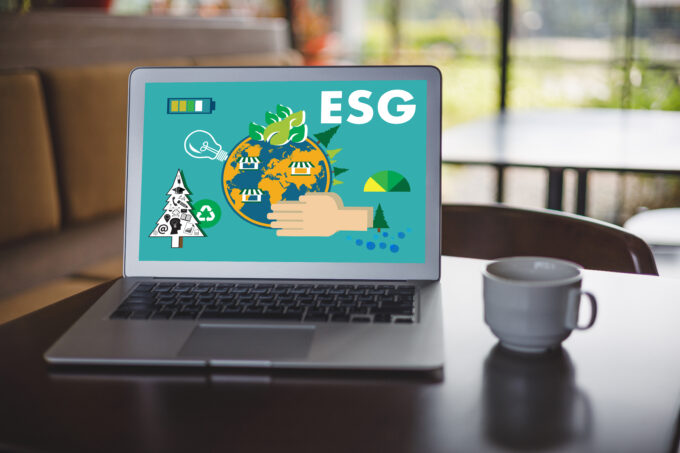An impact materiality assessment will provide clarity on the most important social and environmental issues that your company should address. You may want to relate the outcome of this analysis to the 17 UN Sustainable Development Goals, each of which has several sub-targets. Nobody is expecting your company to tackle all of these, but your stakeholders will demand that you focus on those issues that you can influence.
One of the leading organizations monitoring impact materiality is the Global Reporting Initiative (GRI). The GRI Standards enable any organization to understand and report on the effects of its activities on the economy, environment, and people, and to prioritize the most important areas. Rather than looking at matters just from a financial or shareholder perspective, the GRI considers the interests of a broad range of stakeholders, which it defines as all individuals or groups that are – or could be – affected by the company’s activities and decisions. Think about your suppliers, employees, customers, partners, local communities and so on. Intensive stakeholder engagement, therefore, lies at the heart of an impact materiality assessment.
A holistic view of sustainability requires a double materiality assessment
It is already clear that the two approaches are highly complementary. If you want to gain a holistic understanding of your company’s overall sustainability performance, you need to conduct both financial and impact materiality assessments. This combination has more recently been referred to as double materiality.
A few companies already carry out double materiality assessments, and the GRI and SASB are cooperating to harmonize their disclosure frameworks and create a comprehensive regime for the sustainability reporting landscape.
In any case, double materiality will soon be a mandatory disclosure requirement for many organizations. From 2024, large companies based in the European Union (or with an annual turnover in the EU of more than €150m) will be required to conduct double materiality assessments as part of the EU’s new Corporate Sustainability Reporting Directive.
But don’t fall into the trap of just performing your materiality assessment as a box-ticking exercise to meet regulatory requirements.
Leveraging the insights of your materiality assessment strategically
Extending your single or double materiality approach to one of strategic materiality can offer great benefits to a business.
While the true value of a thorough materiality assessment lies in utilizing the insights gained to future-proof the company’s strategy, most companies conducting a materiality assessment fail to use its insights in this way. .

Audio available





